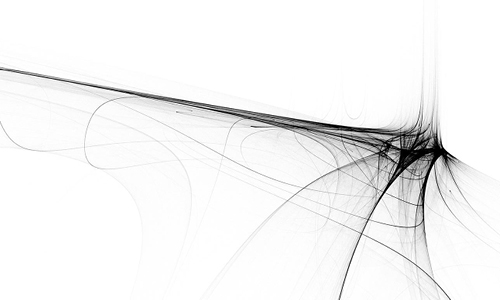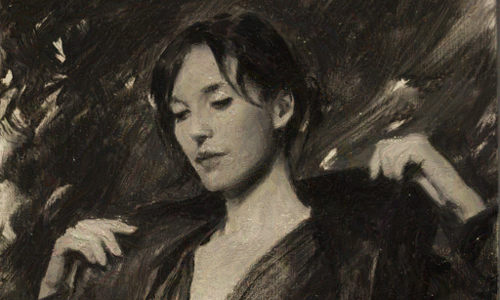|
|
|
|
| |
From art to science and back again |
|
| |
|
|
|
| |
Browsing through the entries in UChicago’s Science as Art contest, it’s easy to forget that these rich colors and striking shapes are deeply rooted in the data of University scientists. This issue of µChicago uncovers the creativity behind Science as Art and other research stories, illustrating the intrinsic beauty of scientific progress. |
|
| |
|
|
|
| |
“Peculiar Dynamics” named winner of Science as Art contest |
|
| |
|
|
|
|
|
| |
| |
|
|
| |
While considering mathematical questions, PhD student Sam Everett wrote a computer program to simulate a discrete dynamical system of the plane. Image by Sam Everett. |
|
| |
|
|
|
|
| |
|
|
|
| |
The 2024 winners of UChicago’s annual Science as Art contest were unveiled last month, celebrating the stunning visuals of scientific research within the University community. More than 60 entries from student, faculty, and alumni contributors revealed a mosaic of scientific inquiry, including fossil studies, microscopic bacterial landscapes, and the aftermath of astrophysical exploration. Computer science PhD student Sam Everett received the grand prize for “Peculiar Dynamics,” a computer simulation of a discrete dynamical system of the plane. |
|
| |
|
|
|
| |
The audience favorite, “Hidden City,” by research technician Kaylie Scorza, SB’23, opens a kaleidoscope of gut bacteria metabolites, captured as they react with polarized light. Honorable mentions included images of ice particles in motion, Vermeer’s Girl with a Pearl Earring in atom-thick layers, and liquid crystal lattices. These artworks will grace campus in the coming year and can be viewed alongside their descriptions in the Flickr gallery. |
|
| |
|
|
|
|
|
|
|
| |
|
|
|
| Organized chaos: Physicists found that regular patterns can emerge from the chaotic motion of fluids under specific conditions, such as when the spinning particles are directionally in sync. Controlling these patterns could lead to the design of more efficient airplane wings, engines, and wind turbines. |
|
|
|
| |
|
|
|
|
|
| |
|
|
|
| Guiding light: A new 2D photonic circuit can efficiently carry light over long distances by trapping photonic particles inside a sheet of glass crystal just a few atoms thick. The circuit could improve transmission of visual data for complex computing and even digital art. |
|
|
|
| |
|
|
|
|
|
| |
|
|
|
| Branches on the same tree: “Ever Blossoming Life – Gold,” an art piece generated in real time by a computer algorithm, is on display at UChicago’s William Eckhardt Research Center. Created by Tokyo-based interdisciplinary art collective teamLab, the piece continuously evolves and recreates itself as a symbol of the ever-changing dialogue between art, science, and technology. |
|
|
|
| |
|
|
|
|
|
| |
“Cloaking” art from AI imitation |
|
| |
|
|
|
|
|
| |
| |
|
|
| |
A new tool allows artists to upload digital images with slight changes that are nearly invisible to the human eye, but that confound AI art generators. Above, a piece of art by Karla Ortiz with the “low cloaking” setting applied. |
|
| |
|
|
|
|
| |
|
|
|
| |
The SAND Lab at UChicago is leading the fight against AI art plagiarism with its 2023 release of Glaze, a groundbreaking software that “cloaks” images, safeguarding an artist’s unique style from being absorbed by AI art generators like DALL-E and Midjourney. Led by Neubauer Professors of Computer Science Ben Zhao and Heather Zheng, Glaze leverages AI against itself by manipulating specific style features in artwork, making it challenging for generative art platforms to mimic an artist’s work. This software builds on Zhao and Zheng’s previous project Nightshade, which generates “poison” data samples to confuse AI into generating false or nonsensical images. Both technologies tackle the growing concern over AI art mimicry and empower artists to confidently share their work online without fear of exploitation. |
|
| |
|
|
|
|
|
|
|
|
|
| |
| |
|
|
| |
Doctors and Goliath:
UChicago scientists are at the forefront of treatment for the biggest medical monsters.
|
| |
|
|
|
|
|
| |
|
|
|
|
|
| |
| |
Sign up to receive µChicago monthly. |
|
|
|
| |
|
|
|
|





